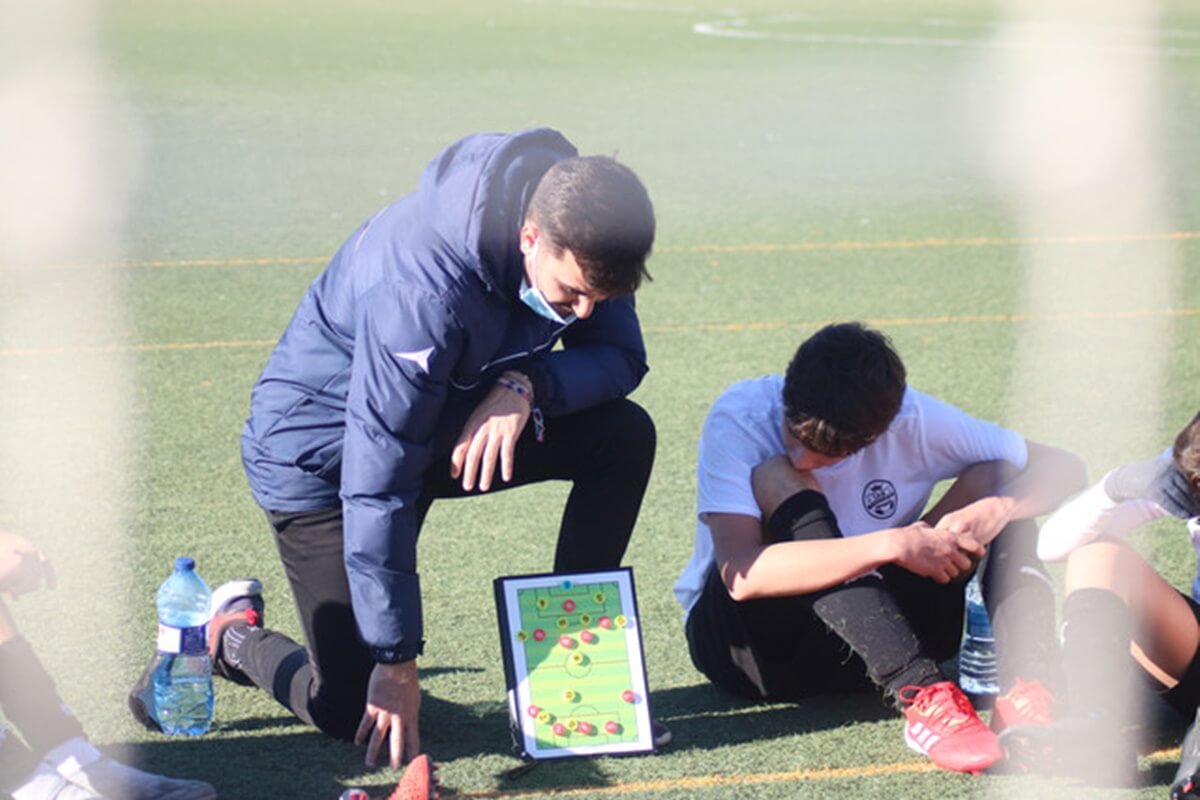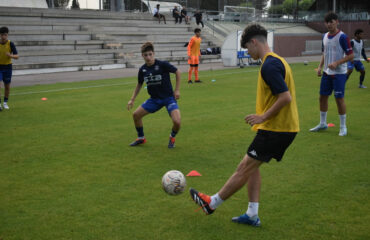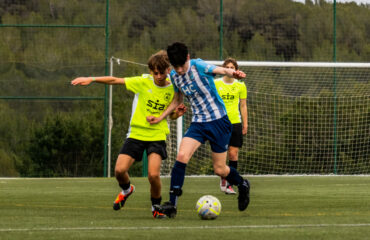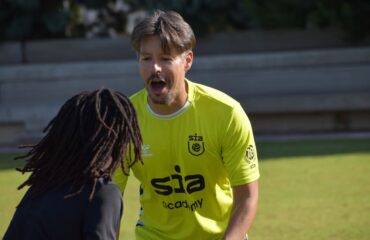The organisation of training sessions is key for coaching staff. Football coaches have more and more information at their disposal to get the most out of their players. This requires a great deal of preparation and planning for short, medium and long term actions.
In this article we show the differences between macrocycle, mesocycle and microcycle. They are built to achieve a complete season, high performance and preserving the physical condition of the players in order to reach the last weeks of the season in the best possible shape.
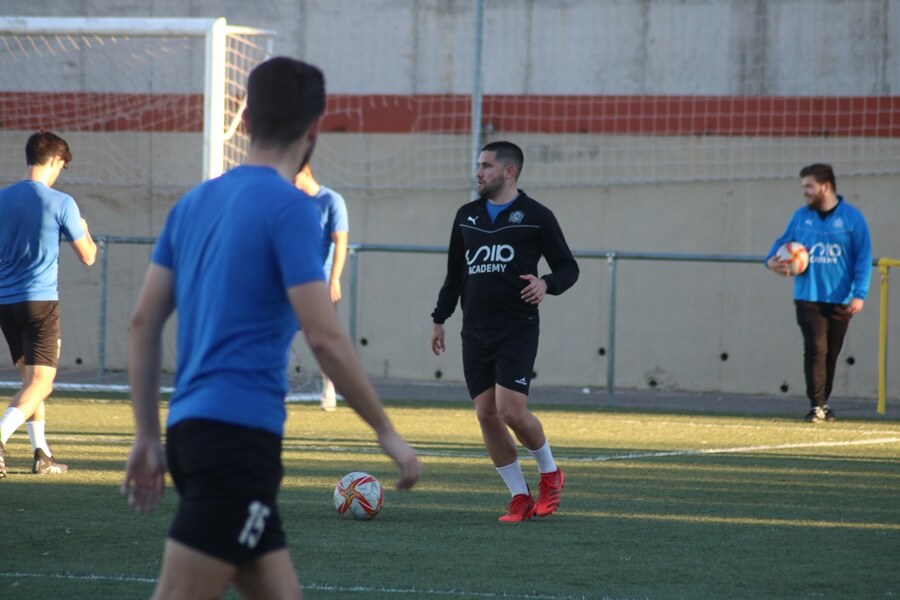
Macrocycle, mesocycle and microcycle basics
In order to know the differences between the concepts of macrocycle, mesocycle and microcycle, it is necessary to know what they mean. They all share the meaning that they cover a period of time, although they are distinguished by their duration, intensity and the sessions that exist in each one.
Macrocycle
The macrocycle is the concept that refers to the general organisation plan of the training session, divided into: annual, biannual and Olympic (four years). In the field of football, as it is limited to the season, the time periods are reduced and cover a maximum of one year.
In other areas such as crossfit or bodybuilding, the macrocycle may not have an end and extend as long as the athlete wants.
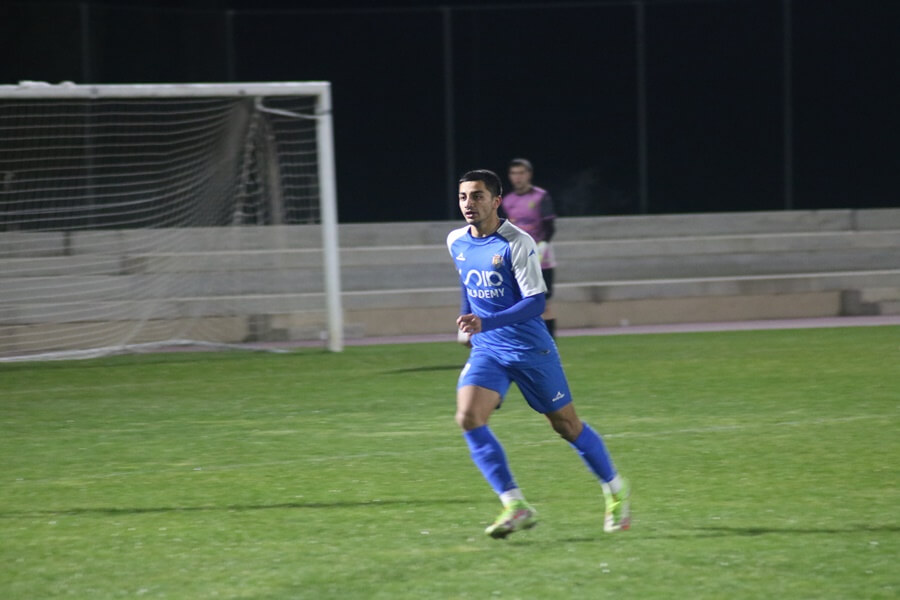
Mesocycle
This temporal and training concept is composed of different sets or blocks of microcycles. Each mesocycle can have from 1 to 12 microcycles. This is the intermediate training concept, where the medium-term progress of the player and the group is observed.
Microcycle
They are the smallest units of the training sessions and can vary between 1 and 4 weeks, sometimes extending up to 6 weeks in the case of pre-season or COVID-19 breaks. Microcycles are further subdivided into phases with a specific objective, ranging from very hard and heavy training to recovery training.

What a macrocycle looks like
Each season usually consists of between one and three macro-cycles, depending on the length of the season. The macro-cycle in football ranges from three months to a full season depending on the coach’s work schedule. There are three clear parts to the macrocycle in football.
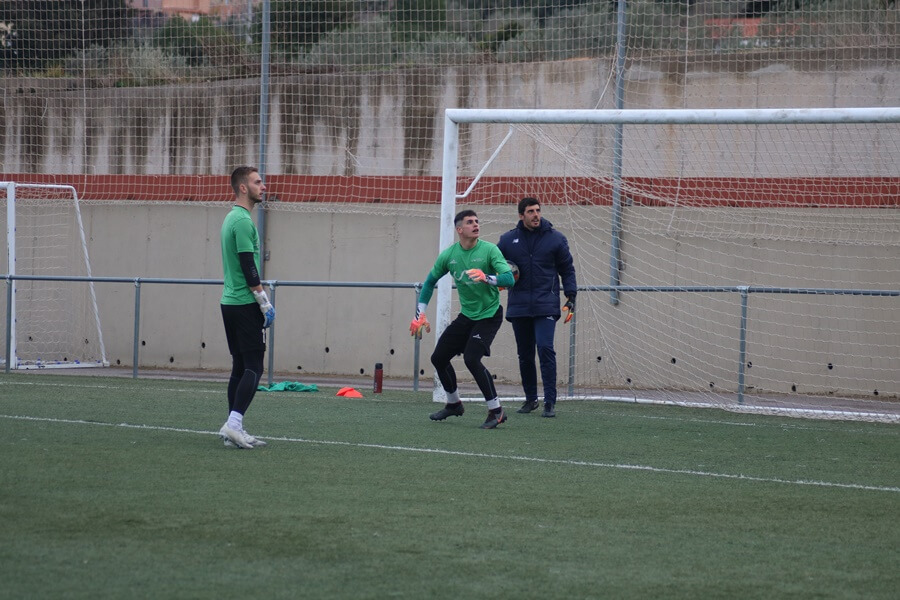
Preparatory period
This period covers general preparation and specific preparation. The intensity of the first preparation will be medium, while in the specific preparation, training sessions will be carried out at a higher intensity.
In the general preparation the athlete will have a lot of workload to try to achieve the required tone. Subsequently, the workload will decrease, but the increased intensity will provide a good balance for the player.
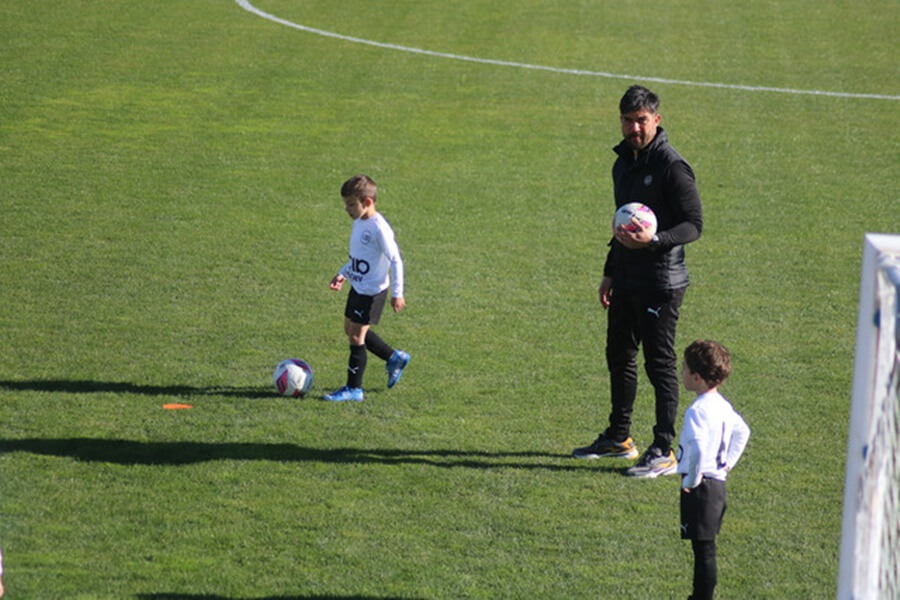
Competitive and transitional period
All the work that has been done previously will be seen in the competitive period. This is where league matches are played, training and competition takes place almost every day. This is the place where we analyse the results of the preparatory period.
There are three types of mesocycles. This concept in the world of football can last two weeks, one month or even two months. The objective previously set in the macrocycle will be better organised during this stage.
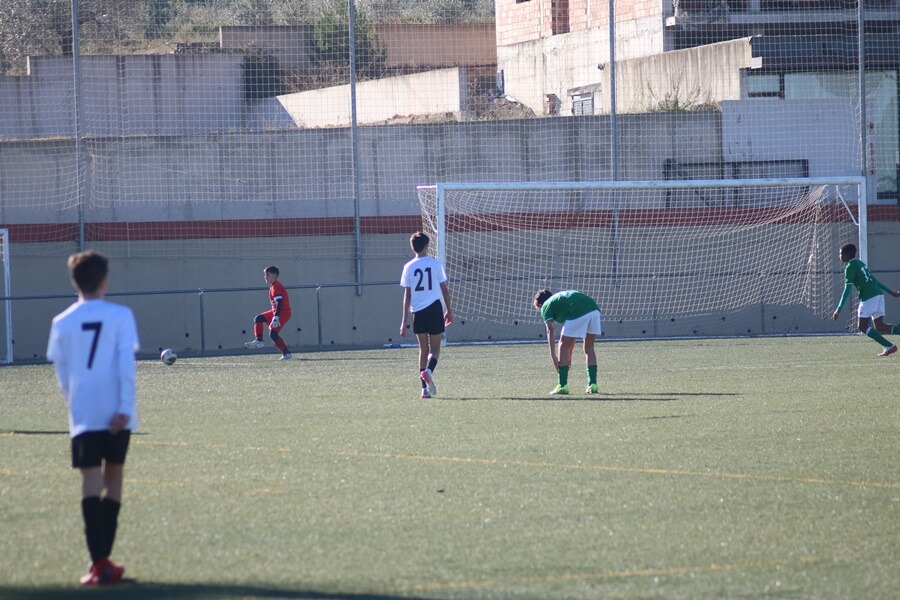
What a mesocycle looks like
There are three types of mesocycles. This concept in the world of football can last two weeks, one month or even two months. The objective previously set in the macrocycle will be better organised during this stage.
Basic mesocycle
They are carried out at the beginning of each mesocycle. The coaches will try to create the initial physique with which they will work until the end of the season. It has a lower intensity, although with a greater workload. It is usually carried out during pre-seasons, where the initial physical condition for the whole season is built up.
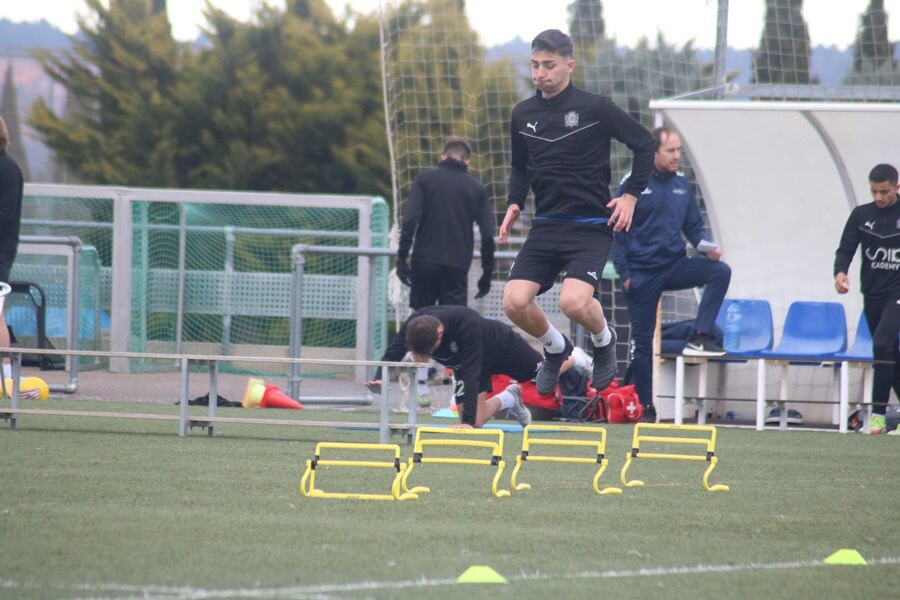
Developmental mesocycle
In this phase, the footballer’s physical performance level and abilities increase. There are no major differences with respect to the basic mesocycle, as in the development mesocycle, work is carried out at low intensity and with a high volume of work.
Pre-competition mesocycle
The last period of the mesocycle is characterised by a low volume of work and a lot of effort in each activity. It is focused on more specific activities as required by each position: the wingers look for speed, the forwards for strength and the centre backs for strength in the trunk and legs.
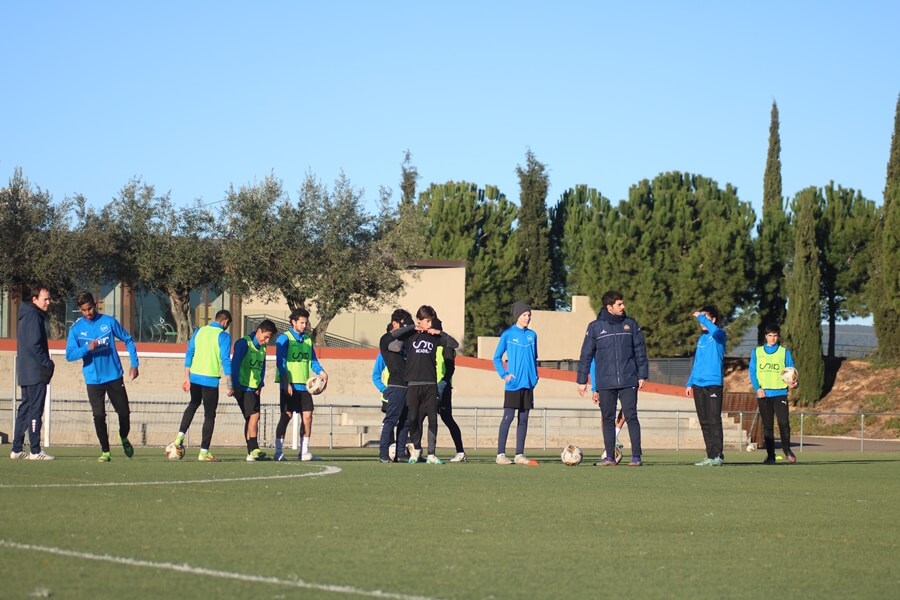
What a microcycle looks like
It is the smallest of the three concepts we have learned about and consists of multiple training sessions. Its duration varies according to each coach and can be as short as two training sessions or as long as 14 days. All the training done in the microcycle is aimed at achieving the same goal.
Types of microcycle
There are many types of microcycle, each one differentiated by the final objective of each session. We have the loading microcycle, the shock microcycle, the approach microcycle, the competition microcycle and the recovery microcycle.
All of them are prepared by the coaching staff to start preparing both mesocycles and macrocycles. They serve to have a physical base to work with, while they can also help the player to have a specific corpulence.



